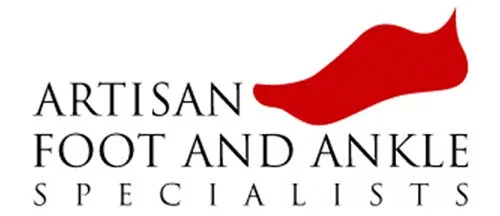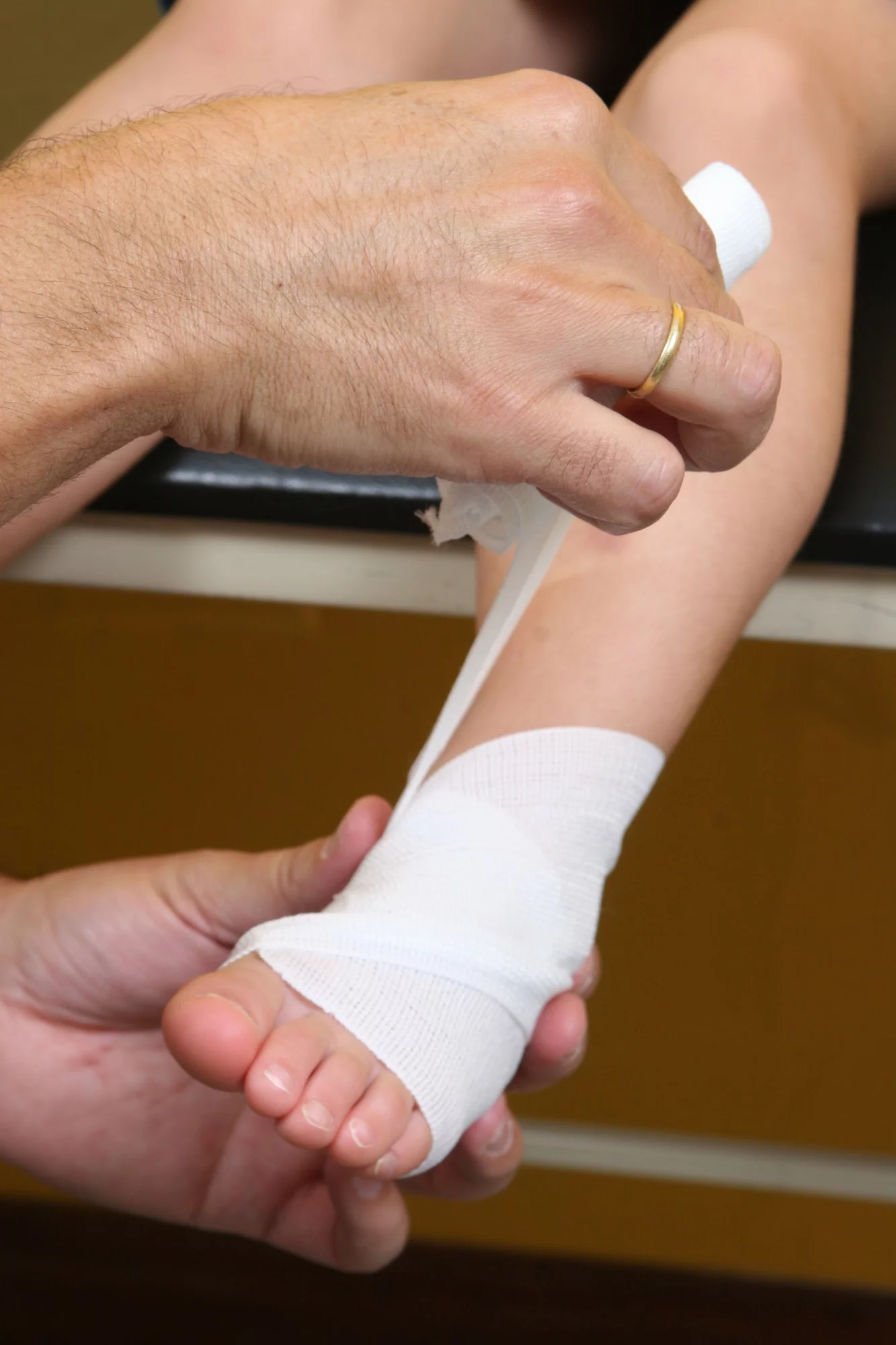Table of Contents
What is a Hammertoe?
The term “hammertoe” refers to a toe that has become bent, or buckled, in the joint. Over time, a hammertoe can become more deformed to the point of causing severe pain with regular daily activities. Oftentimes, a callus develops on the top of the buckled joint which contributes to the discomfort.
Hammertoes usually get worse over time. In the earlier stages, hammertoes are flexible and the symptoms can often be managed with conservative treatments. If left untreated, hammertoes can become more rigid and will not respond to nonsurgical treatment. Hammertoes never get better without some kind of intervention.
Causes
The most common cause of a hammertoe is a muscle/tendon imbalance. This imbalance, which leads to a bending of the toe, results from mechanical (structural) or neurological changes in the foot that occur over time in some people.
Hammertoes are often aggravated by shoes that do not fit properly. If one or more toes is unusually long, shoes are too small, or socks/hose are extra snug at the ends, the toes will be placed in a buckled or bent position. Sometimes, hammertoes are hereditary. You can get hammertoes whether you have high arches or flat feet.
Diagnosis
Although hammertoes are readily apparent, to arrive at a diagnosis, the doctor will obtain a thorough history of your symptoms and examine your foot. During the physical examination, the doctor may attempt to reproduce your symptoms by manipulating your foot and will study the contractures of the toes. Next, the doctor will take x-rays to determine the degree of the deformities and assess any bone changes or adaptions that may have occurred.
Hammertoes are progressive in nature- which means they will usually get worse over time. Once your doctor has evaluated your hammertoes, a treatment plan can be developed that is suited to your needs.
Nonsurgical Treatment
There is a variety of treatment options for a hammertoe. The treatment your doctor selects will depend on the severity of your hammertoe and other factors.
A number of nonsurgical measures are available:
- Padding corns and calluses. Your foot and ankle surgeon can provide or prescribe pads designed to shield corns from irritation. If you want to try over-the-counter pads, avoid the medicated types. Medicated pads are generally not recommended because they may contain a small amount of acid that can be harmful-especially to the thinner skin on the top of our feet. Consult your doctor about this option.
- Changes in shoes. Avoid shoes with pointed toes, shoes that are too small, or high heels—all of these lead to conditions that can force your toe against the tip of the shoe. Instead, choose comfortable shoes with a deep, roomy toe box and heels no higher than two inches.
- Orthotics. A custom orthotic device placed in your shoe may help control the muscle/tendon imbalance. Another option is purchasing over-the-counter orthotic devices.
- Injections. Corticosteroid injections are sometimes used to ease pain and inflammation caused by a hammertoe.
- Medications. Oral nonsteroidal anti-inflammatory drugs (NSAIDs), such as ibuprofen, may be recommended to reduce pain and inflammation.
- Splinting/strapping. Splints or small straps may be applied by the surgeon to realign the bent toe.
Surgery
In some cases, usually when the hammertoe has become more rigid and painful, or when an open sore has developed, surgery may be needed.
Often, patients with hammertoe have bunions or other foot deformities corrected at the same time. In selecting the procedure or combination of procedures for your particular case, your doctor will take into consideration the extent of your deformity, the number of toes involved, your age, health status, and your activity level. The length of the recovery period will vary, depending on the individual and the procedure(s) performed.



